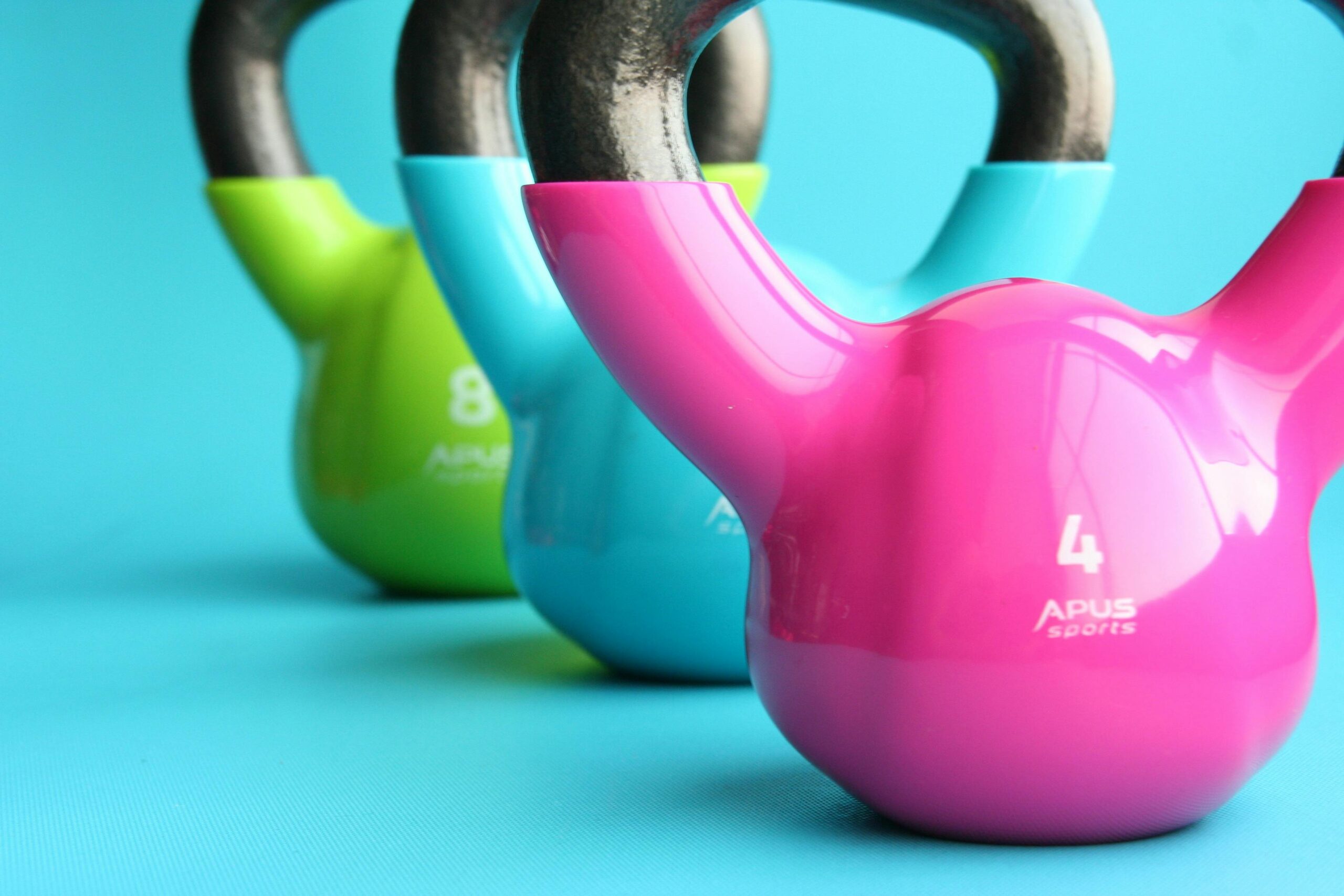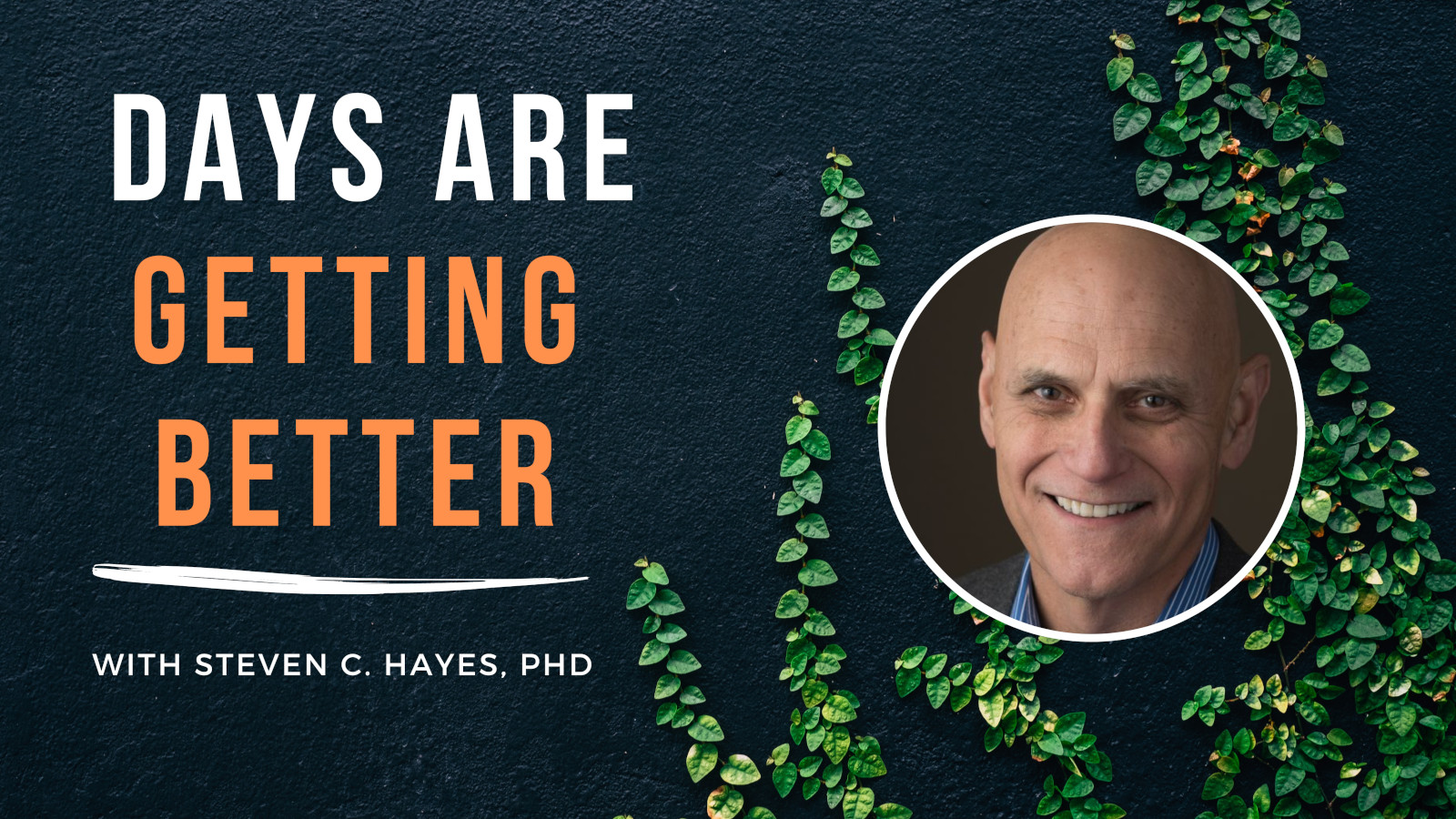Real change happens only at the level of action. By changing how you act on a daily basis, you can shape and influence the quality of your life.
Chances are, you already know this. You already know that eating greens and exercising is good, whereas smoking and biting nails isn’t. But merely knowing is not enough.
It’s easy to have high ambitions and a desire to make a change. But when it comes down to taking action, a lot of promises and good intentions fall apart. And all because you didn’t do a values and reality check first.
If you want to make a values-based change, you need to get clear on what those values are. What’s at stake in terms of how you want to be? Stand on that foundation. You care about doing something.
Then to set up a plan with a real shot at succeeding, ask yourself the following questions first.
Small Questions for Big Change
After you have formulated your intention to act in a new way, ask yourself:
Question #1: “On a scale of 1 to 10, how certain are you that you will follow through?”
A one is equal to “not certain at all”, whereas a ten means you couldn’t be any more certain.
Honesty is key here. If your level of certainty is a five, let it be a five. It it’s only a two, let it be just this.
Whatever level of certainty feels right, continue then with this next question.
Question #2: “What can you do to increase your certainty?”
Now is the time to get creative. What can you change about your plan, to increase the odds of your success?
For instance, you can…
- Set a smaller goal. You don’t need to begin by climbing Mount Everest. Instead, start with a small hike across your local hills.
- Set a more specific goal. Sometimes a plan is too vague. Instead of just “losing weight”, it’s more helpful to aim for 5 pounds in 30 days.
- Set a trigger. The start is almost always the hardest. Pick a time or another action you already do as a trigger for taking this action.
- Get social support. Every change is easier with people cheering you on. Confide your plan to a friend, and let them hold you accountable – but only do that if you can own the plan as yours. The goal is support, not transferring responsibility.
These are just a few examples. In reality, the ways in which you can increase your certainty are endless, limited only by your own imagination.
After you have added a change to your plan, it’s time to reassess your certainty in a special way.
You are at choice point. This is between you and the person in the mirror. Do you choose this course of action? Are you all in?
If you hesitate or back off or mentally give yourself a pass, notice that your certainty has just dipped. That little dip tells an important story: plans are not enough. It takes a leap of commitment by a whole human being to make them real.
Go back and cycle through these questions again, until you have reached a level of certainty around eight to ten and you are all in.
Where To Go From Here
Congratulations! You now have a committed action plan that has a real shot at succeeding. Unfortunately, however, you’re not out of the woods.
No plan is 100% foolproof, and chances are, your commitment will fall flat eventually. It’s a weird fact of life that commitment works best when it’s 100% …. AND when you 100% know you’ll get back up if you slip.
The mind screams that this is inconsistent. It’s not. Commitment is not about never failing, but about getting back up each time you do. And then committing again.
I worked with a rock climber once who explain it this way: “if I want to learn a difficult move I need to go for it 100%. Any ifs, and, or buts and I’m coming off the mountain. And yet at the same time I know I may slip. If I do, I’m 100% certain that I will try again, 100%. That’s how I really learn.”
Me too.
So what will you do to get back up if you need to get back up? How certain are you to be willing to do that?
Revisit your goal one week after your initial commitment. Does your plan need readjustment? And are you still committed? Cycle through the questions anew, and then go from there.
That’s what growth is all about. That’s how real change happens. That’s how we become competent … at living. Go climb your mountain.







